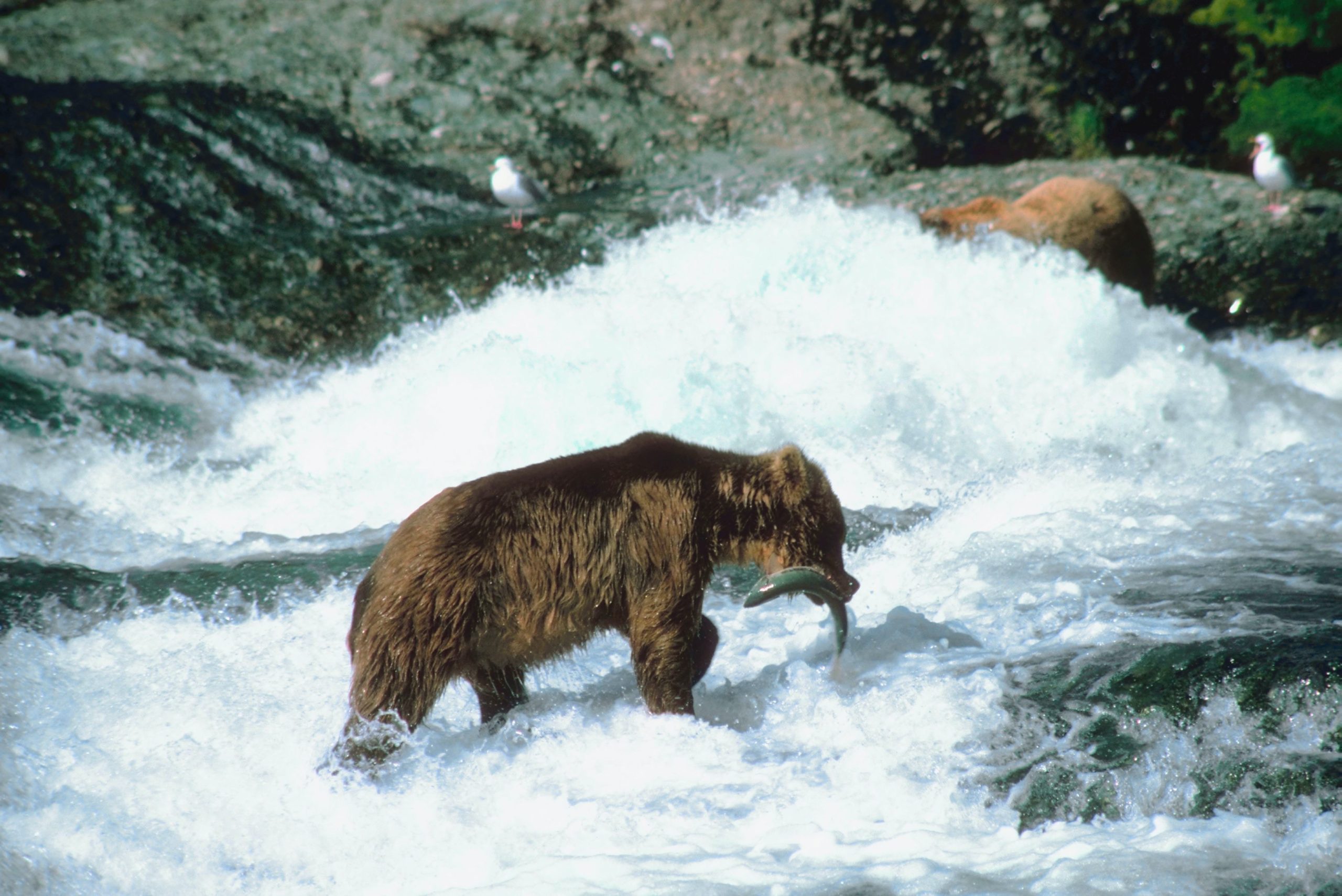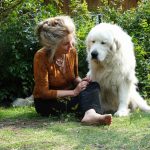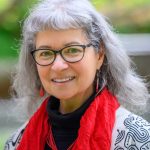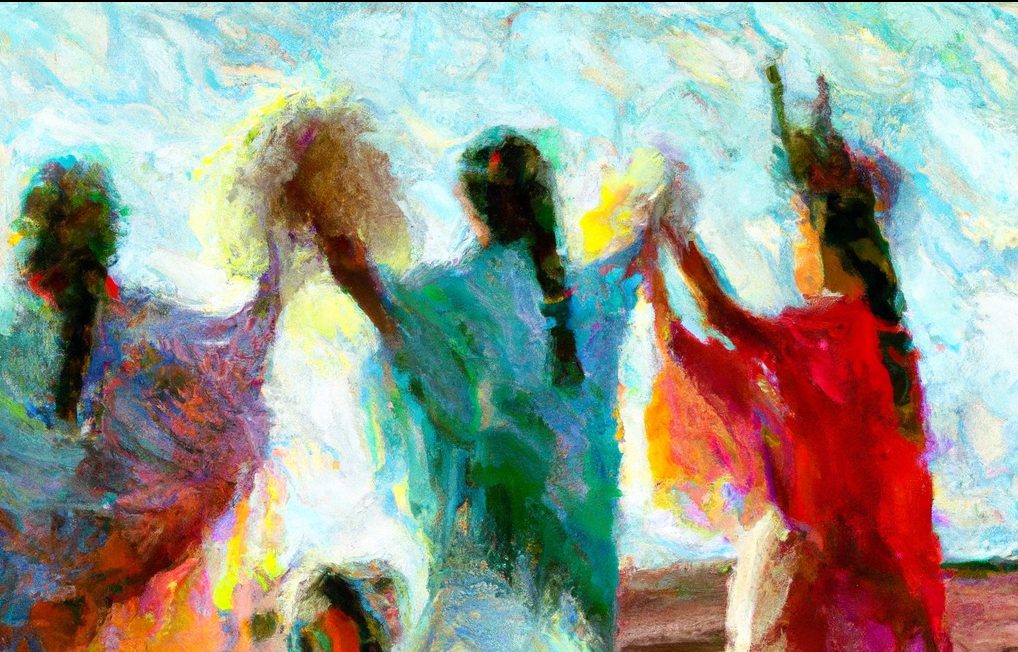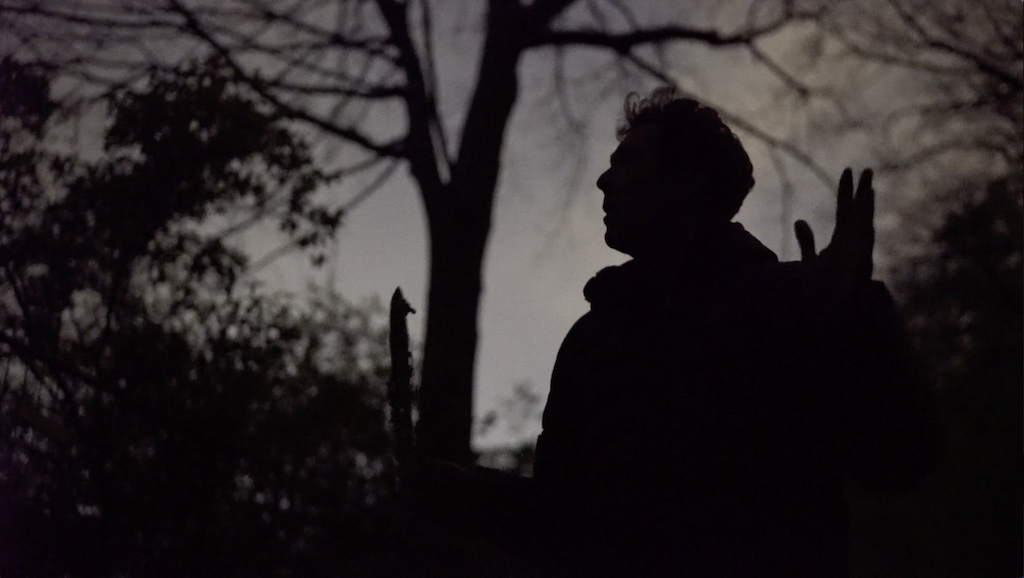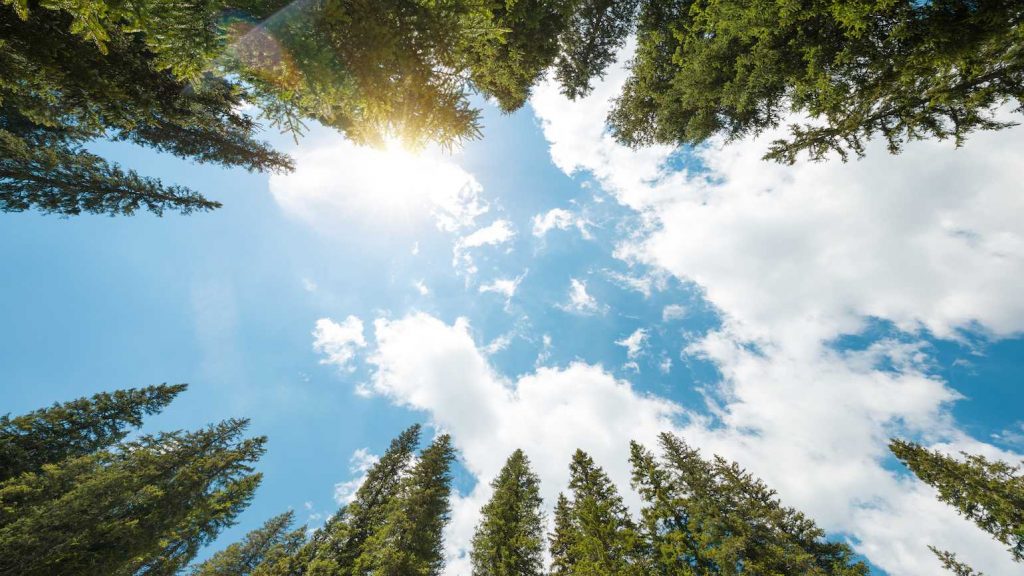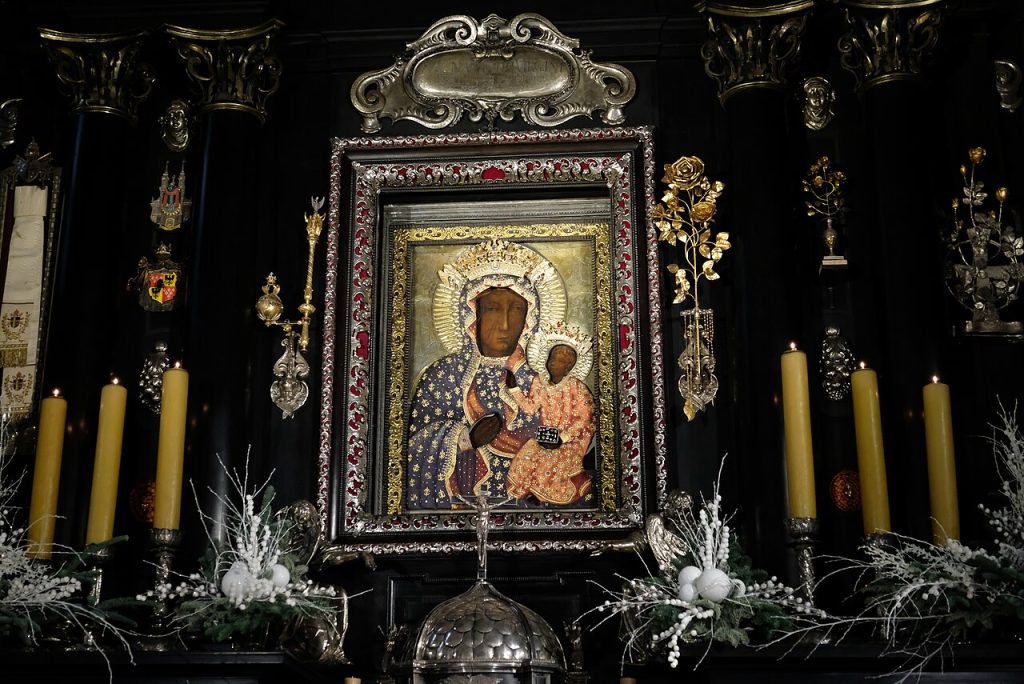Should I have Children? | Lessons from Brown Bears
Mother Bear wears many hats. She is protector, resource, and teacher. Although Bears are born with a genetic library of inborn knowledge, there is a lot that a mother’s children must learn and experience if they are to thrive in the wild. Living in the wilderness takes more than inheritance. It demands careful observation, vast social and ecological knowledge, and experience. Skill levels vary across individuals and families, and using them well takes practice. Not all Brown Bears, for example, are born expert fishermen. Interspersed between play and forays of exploration, young Bears watch what their mother does and how she does it, be it fishing, snuffling for roots, artfully collecting Pine nuts, or, critically, exercising the ethics of Brown Bear society.
While female Bears may parent on their own, they are partnered at every step with mother Nature. Every aspect of a Bear is shaped in relationship with Nature’s grain. This refined union of self with surroundings has been passed through innumerable generations over millions of years. To optimize their children’s security and wellness, mothers-to-be must be aware of external states as well as their own internal states. In parallel to Salmon who use osmoregulation to retain inner balance amid changing environments, Bears maintain coherence between their bodies and the environment by using accurate knowledge of self and Nature reality.
Nature reality is the unspoken web of ethics and principles by which all Animals and Plants live. It is a sense of self born from and in relationship, resonant with what was referred to by Buddhist teacher Thich Nhat Hanh as “interbeing” and by German philosopher Martin Buber as the nexus of “I-Thou” encounters. This interdependence and vibrant betweenness of wild existence is part of Nature’s coherence and beauty. Nature reality is reflected in Justo Oxa Díaz’s description of Quechuan relational living:
The community, the ayllu, is not only a territory where a group of people live; it is more than that. It is a dynamic space where the whole community of beings that exist in the world lives; this includes humans, plants, animals, the mountains, the rivers, the rain, etc. All are related like a family. It is important to remember that this place [the community] is not where we are from, it is who we are. For example, I am not from Huantura, I am Huantura.
Wholeness is the essence of our ancestral evolved nest and those of other Animals. We are placed in, and our ethics emerge from, that space. This exquisite sensitivity to perceiving oneself as fully part of Nature is woven into every aspect of life, including the time leading up to pregnancy and birth.
Male and female Brown Bears begin courting in early summer, after enough food and warmth have revived their bodies and minds. Generally, they do not mate until they are around five years old. By this time, Brown Bears are grown and sufficiently seasoned in the wisdom of the wild to take on the responsibility of a family.
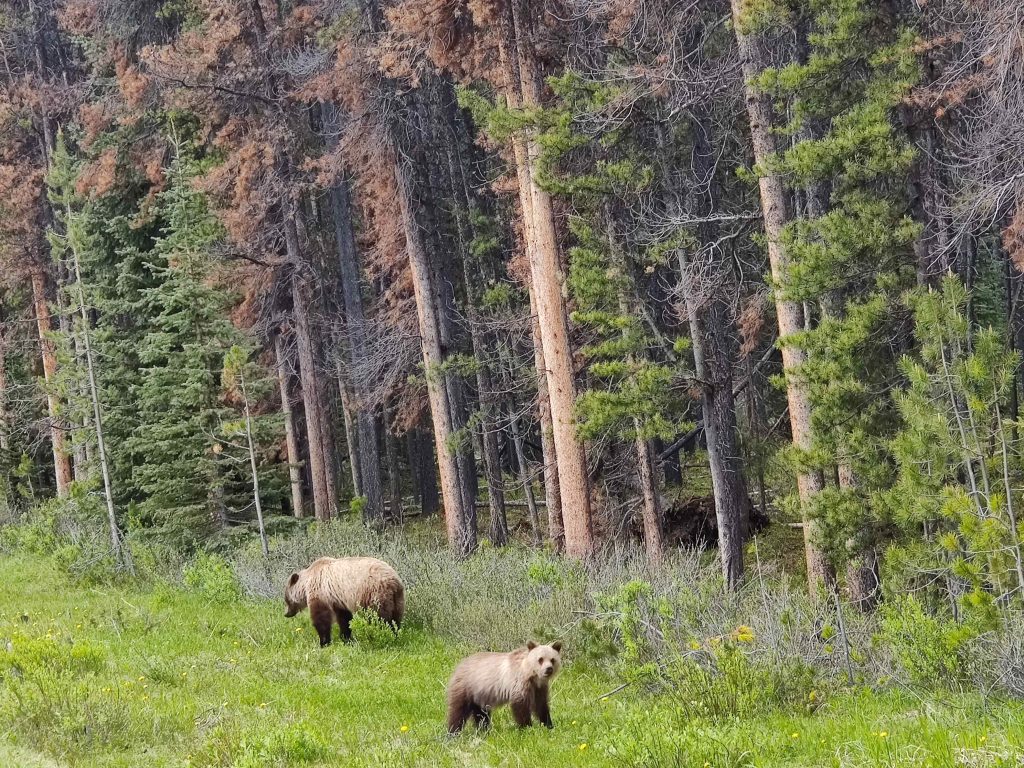
Unless a female is without children or her cubs are ready to wean, she will not mate. If she is solo, without children in tow, a female Brown Bear tends to wait to find a suitable male. If the pair “clicks,” they partner, and encased in the safety and warmth of the winter den crafted by their mother, a handful of hairless, blind baby Bears are born—but not always. While they may be fertilized, Bear eggs do not implant with conception. In fact, in humans, up to half of all embryos never implant after conception.
Animals have evolved innumerable ways to adapt to changing and challenging environmental conditions. Birds like Canada Geese migrate when cool weather begins and food becomes scarce. Others stay put. Some, such as Black-Tailed Deer, can eke out a living despite the cold. Others yet, like Brown Bears, enter a period of dormancy, a sleepy state of lowered metabolism, heart, and breath rates.
… While denning, mother Bears stop eating, drinking, urinating, and defecating. They rely on stored fat to provide the necessary energy to survive and, if pregnant, nourish their cubs. This is another example illustrating why the relationship between a mother’s condition and her circumstances and environment is so important. It determines whether she gives birth and if her children will live through hibernation and beyond. Bears in peak condition, for example, seem to den early on, when winter begins to descend. They can afford to leave off finding food and start the process of making a family because they have enough inner resources to sustain their cubs through hibernation and in the first days after emerging in spring. This gives their children an edge because, relative to cubs born to less fit and less fat mothers, they have had more food and time to develop faster and more fully. Young Bear growth and fat storage characteristics are cross-generational, influenced both by their mother’s body condition before birth as well as their own postnatal nutrition.
Processes such as delayed implantation are usually regarded as automatic, not involving active participation. Deeper reflection, however, suggests that while implantation mechanisms may be hardwired, the decision to implant is mindful of present and future conditions. Evolution created the pause between fertilization and implantation for a reason. All Animals express mindfulness and psychobiological self-regulation, the awareness of and ability to respond appropriately to environmental cues. Mindfulness—awareness of self and environment—is vital and integral to being one with Nature. Consciously or unconsciously, at the cusp of implantation, female Bears seem to hold the mirror of self-scrutiny close and ask: Am I ready to care for my babies?
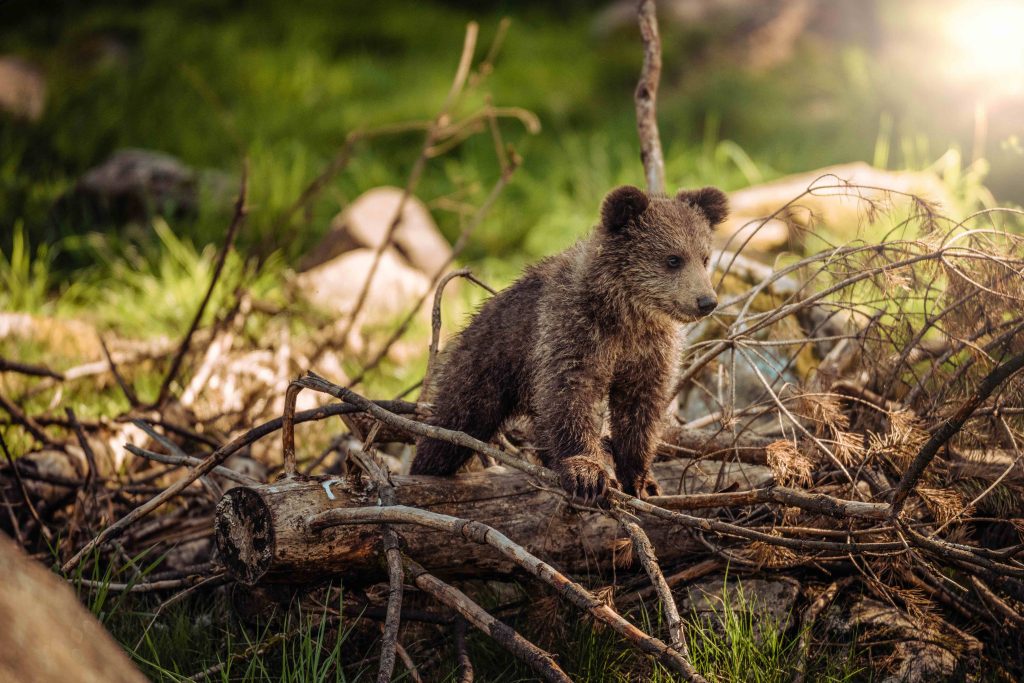
This is not a strange concept for human cultures that, similar to Bears and other Animals, live as part of Nature’s skin. The now is connected to the following seven generations…Deciding whether to have a child is a time for naked self-honesty and a stark assessment of reality. The correct answer to the question Am I ready to care for my babies? may not be what a potential mother or other parent/carer anticipates or desires. The biological momentum to pull ancestral heritage into the future is potent, and the yearning for the love, joy, and intimacy of family is strong. Yet her babies’ very lives depend on the mother’s ability to care well for them and maneuver outer social and ecological worlds successfully. If the results of the mother’s evaluations of self and environment do not align, she risks her life and that of her offspring, and hence her lineage. If she has misjudged her capacity or that of the environment, the babies will fail to thrive. As witnessed today writ large, society spirals into poor mental and physical health if care and concern for one another are not reciprocated and ecological well-being is disregarded.
Further Reflections from the Authors
Kosmos | We grieve what we love. So, how can we transform our grief about species loss and the grave trauma endured by Earth’s children into the kind of compost that will allow new life to flourish?
Darcia Narvaez | In every moment, we are co-constructing life together with all other creatures. We can relationally attune to and respect the life around us—whether spiders, dandelions, bees, trees. We can enhance their wellbeing as fellow members of the Earth’s community of beings. Wherever we are, we have the opportunity to make the world more beautiful with mindful lovingkindness toward all.
We may need to grieve our sadness routinely with ceremony. The San People of central Africa have regular, sometimes daily, ceremonies to grieve, heal, and rebalance, individually and relationally. Taking time each day to reconnect to a sense of oneness is vital for maintaining heartminded actions. We can honor Earth’s energies in six directions and bring those energies into our (seventh) place of being. We are a co-creator of the next moment. What choice will we make—to brace against life and protect what we have and know, or be open to possibility for creative collaboration with those around us?
Each life will pass and transform into new life, even our own. Life will go on. Each generation of creatures is the compost for the next generation on this beautiful planet. Will you contribute bitterness or sweetness?
G.A. Bradshaw | All nonhumans live in synchrony with the rest of Life. Being in synchrony means fitting in and following Nature’s ethics and principles. This is why humans feel peace and wellbeing in Nature. Bears, Penguins, Octopuses and other Animals know when and how to raise their children because they follow Nature’s patterns and are respectful of each other. Animals understand that we are all one and that no one thrives unless everyone thrives. Animals and Plants are suffering and going extinct because humans do not follow Nature’s ethics and principles.
Kosmos | Tell us more about the Kerulos Center.
G.A. Bradshaw | The Kerulos Center for Nonviolence is a teaching center and sanctuary for mindful living and nonviolence. We bring together mindfulness, science, and Nature’s ethics to galvanize profound, lasting cultural change to Animal and Earth liberation. Our teachings and practices focus on addressing the foundational source of global alienation and violence – human minds.
For ten thousand years, the planet has been dominated by the belief that humans are superior and separate from Nature. Mindfulness dissolves barriers of resistance which lie at the root of Animal exploitation. Mindfulness returns human minds to the natural empathy and kindness embodied by Plant and Animal kin, what we refer to as Nature Consciousness. This is the ground from which humanity builds a new culture – one shaped by the ethics and principles of nonviolence which have guided all of Nature for millions of years. By changing how we think, we change what we do. By changing to oneness and connection, we change to compassion and liberation. Kerulos’ work catalyzes this transformation through education, sanctuary, and contemplative activism (www.kerulos.org)
Unnested care—the absence of an evolved nest—often leaves a baby fearful, uncertain, and vulnerable in a threatening world. Baby learns to feel that she is bad and may never feel truly secure. She does not see her environment, others, and Nature as welcoming and joyful, but rather as potential agents of harm and hurt, undeserving of her care and concern. Charlie Russell saw these consequences play out in Bears. Orphaned baby Bears, abused and traumatized, their nests shattered by their mother’s death with the blast of a hunter’s gun, similarly suffer. Bear and human brains, minds, and psyches did not evolve in anticipation of the violence and trauma intrinsic to the dominant human culture.
All organisms have evolved to align with the environments in which they are born and live. Animals and our Nature-based ancestors enjoyed the bounty of a nested world for millions of years because the nested world is a relational world of reciprocity, fullness, and respect. It takes years of intimate, caring companionship in community and Nature to build well-functioning physical and emotional support that nourishes a baby’s body and spirit. It is only recently in human history that our species has created environments that are antithetical to those in which our species evolved. Instead of the ancestral nest, the majority of humans today follow a specific human-constructed world that is out of step with Nature. The difference between living in our natural ancestral environments and the largely human-constructed world of the present has generated widespread physical and psychological ill health affecting our species and the planet as a whole. Without the resources that our ancestral continuum and evolved nest provide, a child’s ability to thrive is challenged. Self, inner and outer circumstances, and other unanticipated factors affect how babies will grow and whether they will be able to flourish in the world into which they are born. Taken together, these factors underscore the weighty responsibility that starting a family entails. In the words of Rae Maté:
We all need to realize that entering a pregnancy should be like entering a shrine, a sacred place and time: a baby is being built. . . . Society needs to protect pregnant women because everybody is creating this child. It takes a world to make a baby.
It is this realization that may give a female Bear pause. Without the foundations to provide resources of an evolved nest and a social and ecological world that can support the health of mind and body, a child’s future is precarious.
Excerpted from: The Evolved Nest: Nature’s Way of Raising Children and Creating Connected Communities By Darcia Narvaez, PhD and G. A. Bradshaw, PhD, Foreword by Gabor Maté, MD; Published by North Atlantic Books, August 2023


